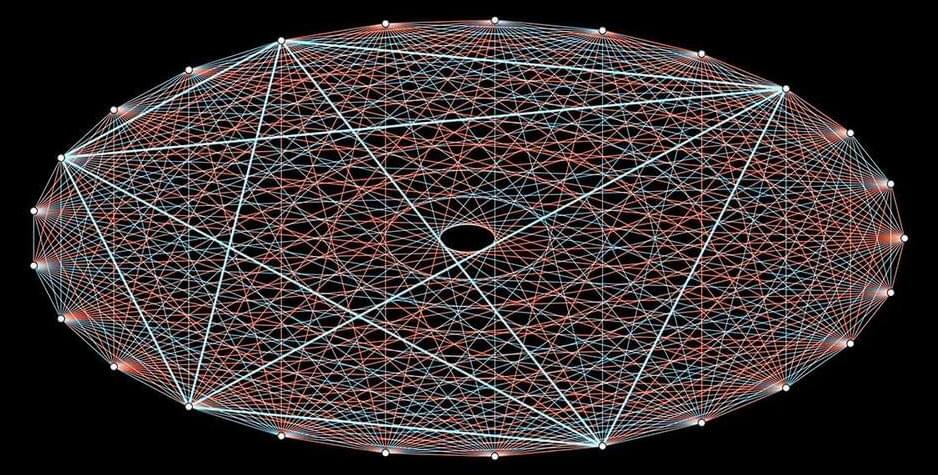For thousands of years, mathematicians have adapted to the latest advances in logic and reasoning. Are they ready for artificial intelligence?
Category: mathematics – Page 93
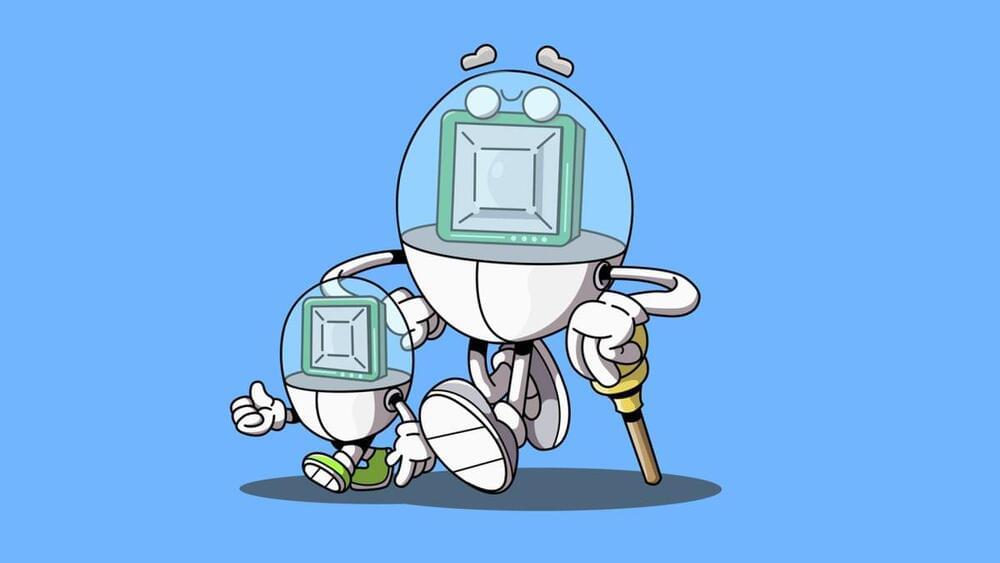
We’re on the brink of the biggest changes to computing’s DNA and it’s not just quantum that’s coming
Computers are built around logic: performing mathematical operations using circuits. Logic is built around things such as Adders—not the snake; the basic circuit that adds together two numbers. This is as true of today’s microprocessors as all those going back to the very beginning of computing history. You could go back to an abacus and find that, at some fundamental level, it does the same thing as your shiny gaming PC. It’s just much, much less capable.
Nowadays, processors can do a lot of mathematical calculations using any number of complex circuits in a single clock. And a lot more than just add two numbers together, too. But to get to your shiny new gaming CPU, there has been a process of iterating on the classical computers that came before, going back centuries.

Cosmological models are built on a simple, century-old idea, but new observations demand a radical rethink
Our ideas about the universe are based on a century-old simplification known as the cosmological principle. It suggests that when averaged on large scales, the Cosmos is homogeneous and matter is distributed evenly throughout.
This allows a mathematical description of space-time that simplifies the application of Einstein’s general theory of relativity to the universe as a whole.
Our cosmological models are based on this assumption. But as new telescopes, both on Earth and in space, deliver ever more precise images, and astronomers discover massive objects such as the giant arc of quasars, this foundation is increasingly challenged.
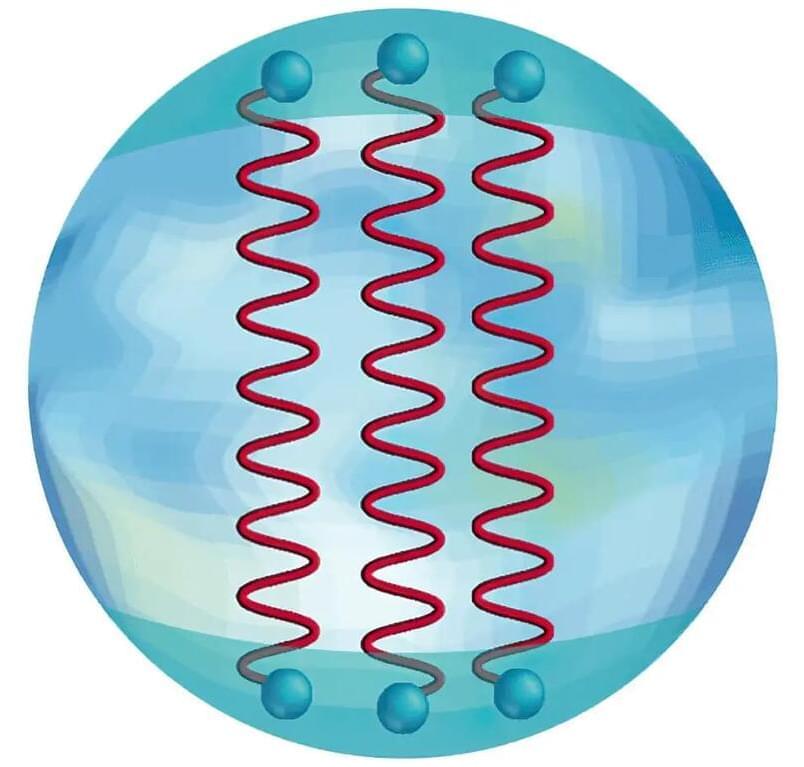
Decoding Nuclear Matter: A Two-Dimensional Solution Unveils Neutron Star Secrets
Scientists at Brookhaven National Laboratory have used two-dimensional condensed matter physics to understand the quark interactions in neutron stars, simplifying the study of these densest cosmic entities. This work helps to describe low-energy excitations in dense nuclear matter and could unveil new phenomena in extreme densities, propelling advancements in the study of neutron stars and comparisons with heavy-ion collisions.
Understanding the behavior of nuclear matter—including the quarks and gluons that make up the protons and neutrons of atomic nuclei—is extremely complicated. This is particularly true in our world, which is three dimensional. Mathematical techniques from condensed matter physics that consider interactions in just one spatial dimension (plus time) greatly simplify the challenge. Using this two-dimensional approach, scientists solved the complex equations that describe how low-energy excitations ripple through a system of dense nuclear matter. This work indicates that the center of neutron stars, where such dense nuclear matter exists in nature, may be described by an unexpected form.
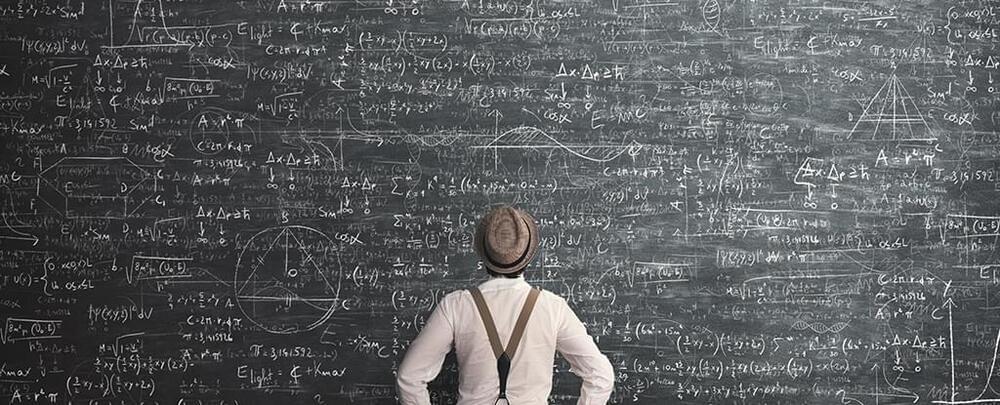
Mathematicians Discover The Ninth Dedekind Number, After 32 Years of Searching
Undeterred after three decades of looking, and with some assistance from a supercomputer, mathematicians have finally discovered a new example of a special integer called a Dedekind number.
Only the ninth of its kind, or D, it is calculated to equal 286 386 577 668 298 411 128 469 151 667 598 498 812 366, if you’re updating your own records. This 42 digit monster follows the 23-digit D discovered in 1991.
Grasping the concept of a Dedekind number is difficult for non-mathematicians, let alone working it out. In fact, the calculations involved are so complex and involve such huge numbers, it wasn’t certain that D would ever be discovered.

Supercomputer reveals ninth Dedekind number, solving decades-old maths problem
The first eight Dedekind numbers have been known to us, but the ninth one has remained elusive — until now.
Mathematics is a fascinating subject with many unsolved mysteries, such as the Riemann hypothesis, Fermat’s last theorem, Goldbach’s conjecture, and Dedekind’s numbers. The Dedekind numbers were first discovered in the 19th century by Richard Dedekind and have interested mathematicians ever since.
The first eight Dedekind numbers have been known to us, but the ninth one has remained elusive until now. KU Leuven and Paderborn University scientists have solved a decades-old mathematics problem by computing the ninth Dedekind number.
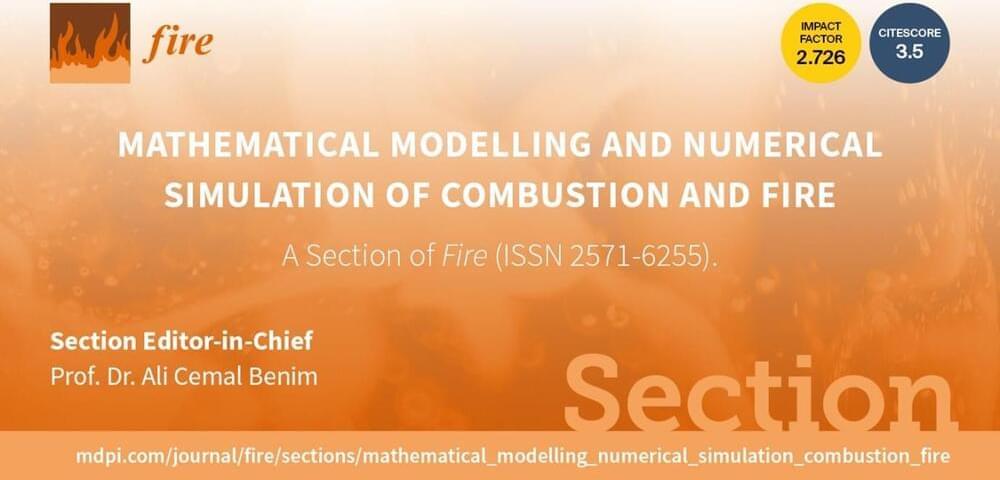
Recruiting Editorial Board Members and Topical Advisory Panel Members for Section “Mathematical Modelling and Numerical Simulation of Combustion and Fire”
We are currently recruiting Editorial Board Members (EBMs) and Topical Advisory Panel Members (TAPMs) for this Section. If you are an active researcher in this field and are passionate about publishing cutting-edge research, please contact us by email at [email protected].
Feature papers represent the most advanced research with significant potential for high impact in the field. A Feature Paper should be a substantial original Article that involves several techniques or approaches, provides an outlook for future research directions and describes possible research applications.
Feature papers are submitted upon individual invitation or recommendation by the scientific editors and must receive positive feedback from the reviewers.
Editor’s Choice articles are based on recommendations by the scientific editors of MDPI journals from around the world. Editors select a small number of articles recently published in the journal that they believe will be particularly interesting to readers, or important in the respective research area. The aim is to provide a snapshot of some of the most exciting work published in the various research areas of the journal.

Ninth Dedekind number discovered: Scientists solve long-known problem in mathematics
Making history with 42 digits, scientists at Paderborn University and KU Leuven have unlocked a decades-old mystery of mathematics with the so-called ninth Dedekind number.
Experts worldwide have been searching for the value since 1991. The Paderborn scientists arrived at the exact sequence of numbers with the help of the Noctua supercomputer located there. The results will be presented in September at the International Workshop on Boolean Functions and their Applications (BFA) in Norway.
What started as a master’s thesis project by Lennart Van Hirtum, then a computer science student at KU Leuven and now a research associate at the University of Paderborn, has become a huge success. The scientists join an illustrious group with their work. Earlier numbers in the series were found by mathematician Richard Dedekind himself when he defined the problem in 1,897, and later by greats of early computer science such as Randolph Church and Morgan Ward. “For 32 years, the calculation of D was an open challenge, and it was questionable whether it would ever be possible to calculate this number at all,” Van Hirtum says.
Six Degrees of Connection: A Mathematical Take on Social Ties
Summary: Scientists used mathematics to explain the social phenomenon of six degrees of separation.
Their work suggests that the balance between the cost and benefit of maintaining social connections shapes the global human social network. According to their findings, individual efforts to optimize their social connections result in an average of six steps between any two people.
This explains why ideas, trends, and even diseases can spread globally within a few transmission steps.
